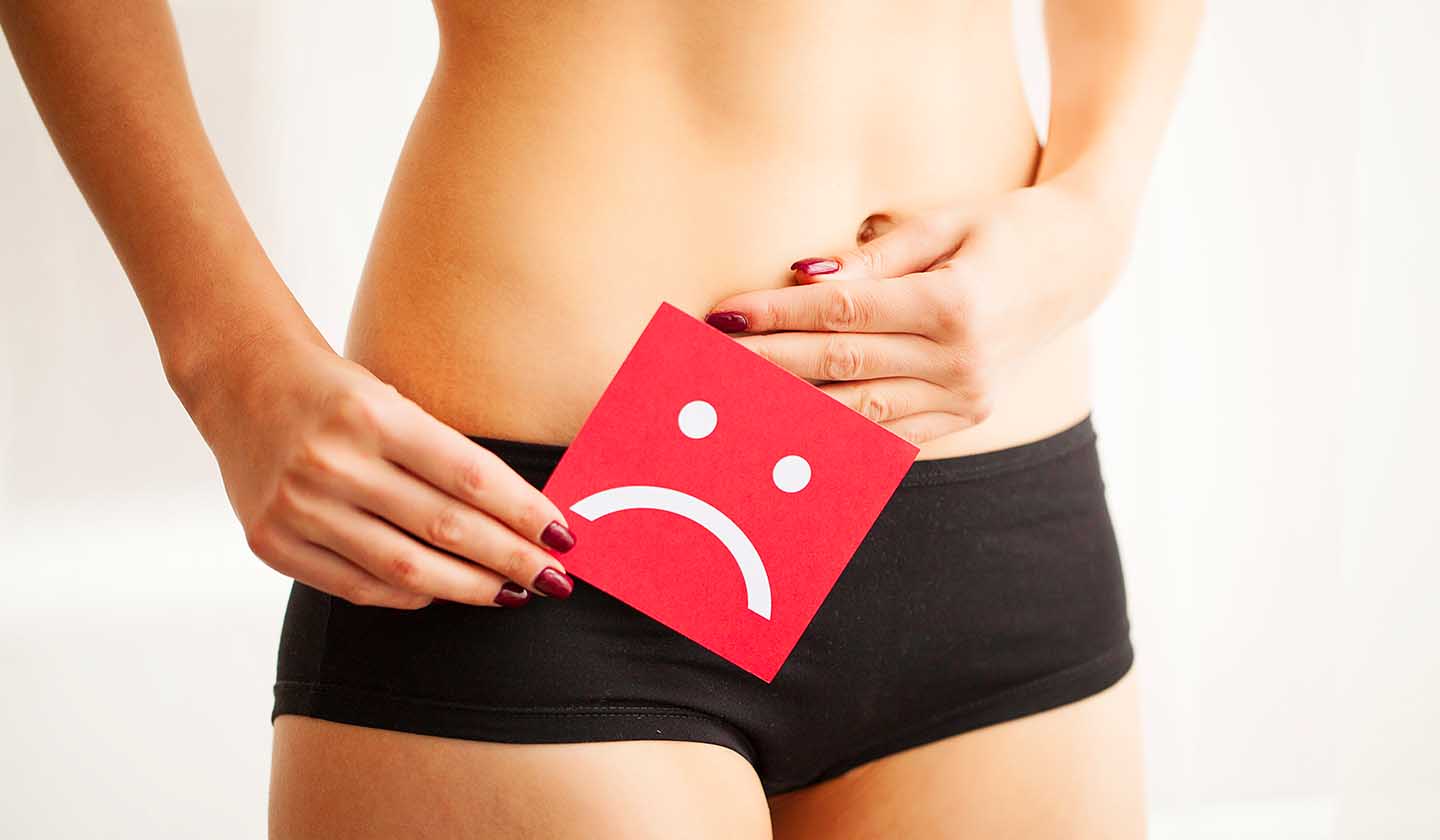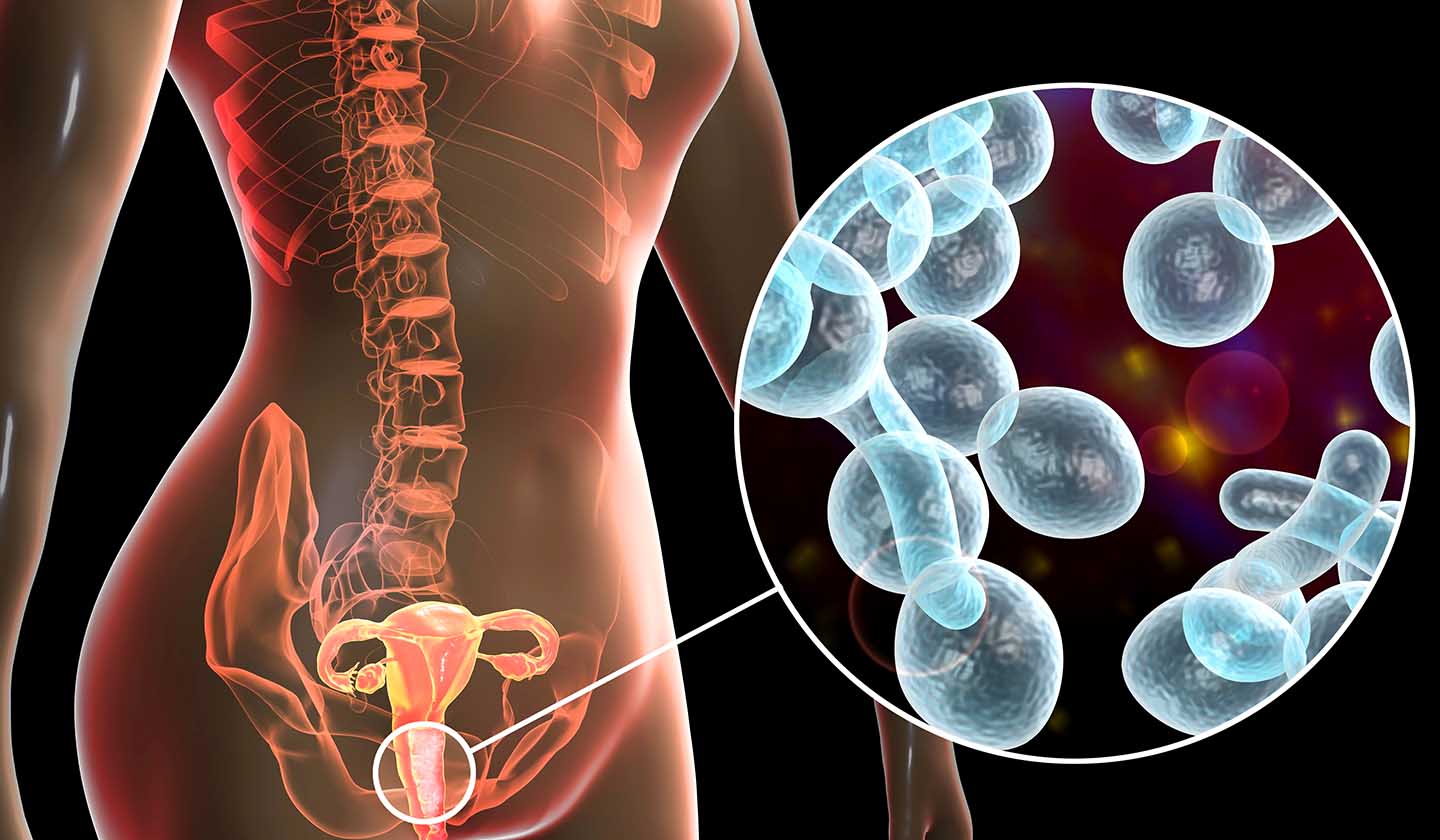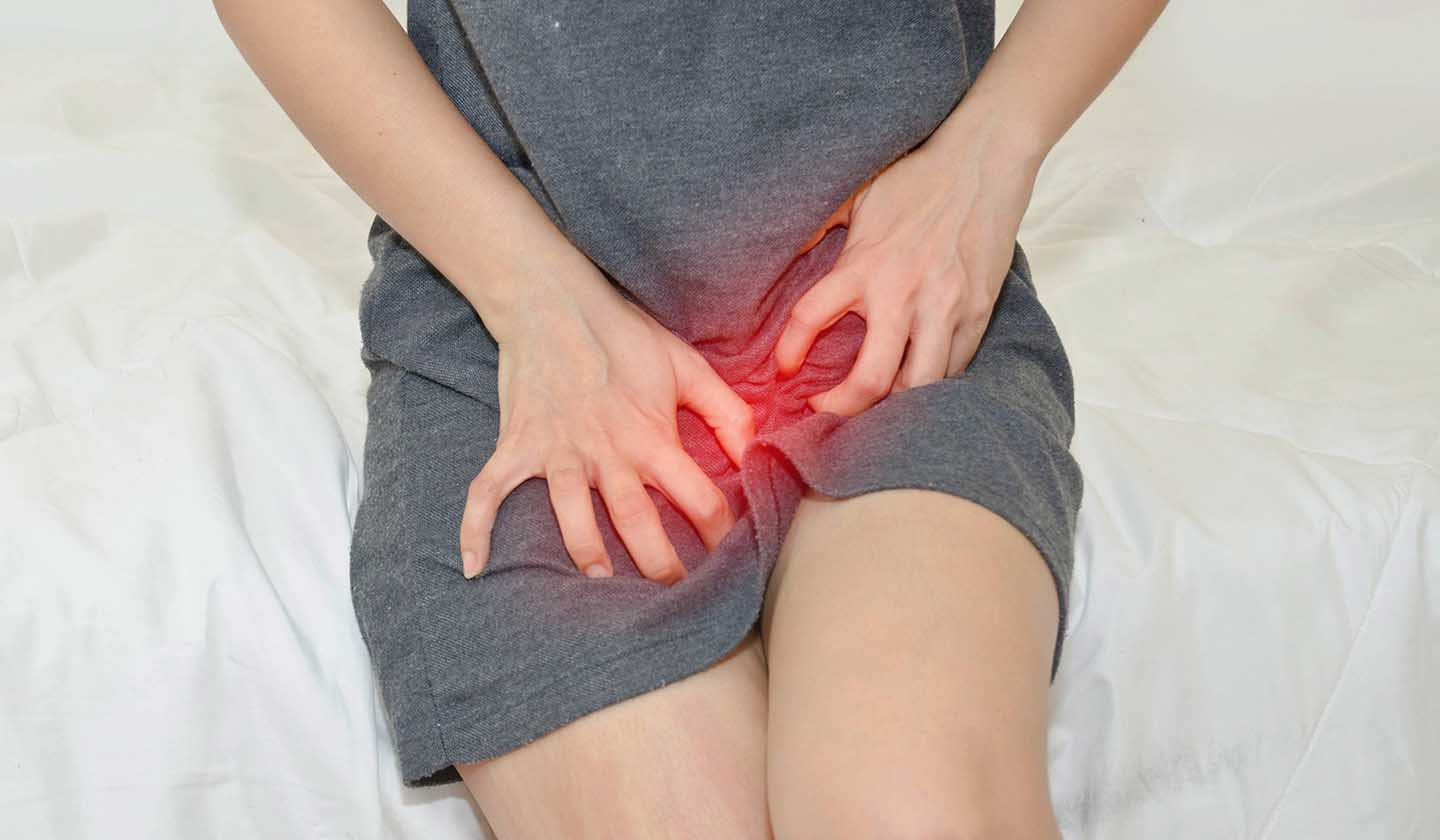Fungus
Get rid of Vaginal Candidiasis, with some simple care and treatment

Vaginal candidiasis is an infection caused by a fungus of the Candida type, with Candida Albicans being the most frequent.
This fungus is present, even in small amounts, on the skin and inside the body (mouth, throat, intestine and vagina), without causing any type of problems.
Vaginal candidiasis appears when the organism is weakened, causing an imbalance in the pH of the vaginal mucosa (which, in normal situations, is equal to 4), thus facilitating the proliferation and multiplication of the fungus. The female genital area is naturally warm and moist and, therefore, the fungus spreads fast, causing the infection.

Symptoms
The most common Symptoms of this disease are:
- White discharge;
- Itching;
- Pain when urinating;
- Pain during sexual intercourse;
- Burning;
- Excoriations in the vulvar region;
- Redness around the vagina;
- In extreme cases candidiasis can cause ulcers.
Causes:
The imbalance of the vaginal mucosa can have several causes, such as:
- Stress
- Pregnancy
- Diabetes
- Other infections (for example, HIV)
- Weakened immune system
- Post menopause
- Medicinal products: antibiotics, oral contraceptives, corticosteroids, chemotherapy
- Inappropriate clothing: tight clothing, lycras, fibres, using wet swimsuits for hours
- Excessive vaginal washes
Diagnosis:
Quick tests to identify the type of vaginal infection and the etiologic agent (in case it is Candida Albicans) should be available at your pharmacy.
There are cases in which a clinical examination is necessary, and the diagnosis is made through the microscopic analysis of vaginal discharge.

Treatment
Therapy for vaginal candidiasis can be done locally, using vaginal tablets or creams. In more serious situations, oral medication may be necessary. Both treatments are of short duration and there is usually a rapid relief of symptoms.
In case of recurrent candidiasis the treatment is longer. In addition to the use of medicinal products in moments of crisis, it is necessary to follow a diet low in sugars and carbohydrates, and to regularly eat foods rich in vitamin D and A.
There are food supplements, available in oral tablets, vaginal capsules or ovules at your pharmacy, which help maintain the balance of the vaginal flora (probiotics-Lactobacillus plantarum LB931, Lactobacillus rhamnosus LB21) and which reduce the duration, intensity of symptoms and the risk of recurrence.
Prevention/care:
There are some habits that can be adopted to prevent the imbalance of the vaginal flora:
- Cotton underwear
- Avoid tight clothing
- Avoid vaginal showers
- Avoid scented feminine products (for example, bath foam, tampons, or sanitary towels). There are more suitable alternatives in the pharmacy
- Reduce hydromassage baths or hot baths
- Avoid using wet bathing suit for long periods of time
- Avoid laundry detergents with fragrances or dyes
- Do not use blue and white soap or solid soaps due to the risk of contamination; use liquid or gel intimate hygiene products, hypoallergenic, with pH and active ingredients suitable for the anogenital region (available at your pharmacy)
- Eat a diet low in sugars and carbohydrates, and foods rich in vitamin A and D
- Talk to your doctor or pharmacist about using a probiotic (oral and/or vaginal) to restore vaginal physiological conditions, by preventing the growth of harmful microorganisms, while preserving the mucosa, and a vitamin supplement to strengthen the immune system
Sources
iSaúde
Farmácia Distribuição Magazine
Também lhe poderá interessar
Urinary tract
A constant urge to urinate can be desperate
Gynecology






